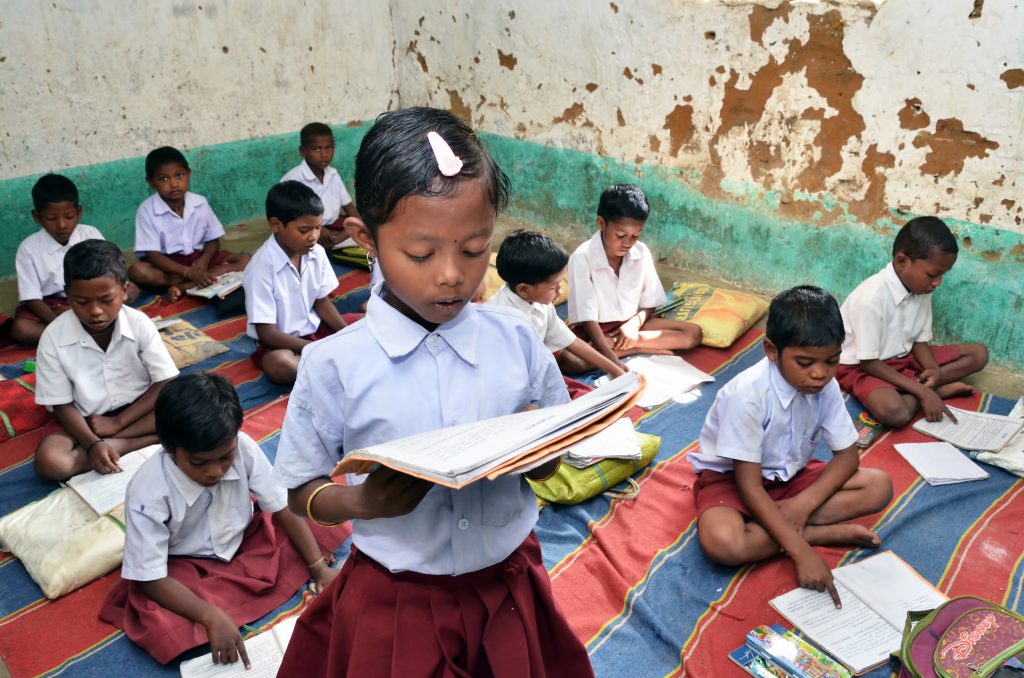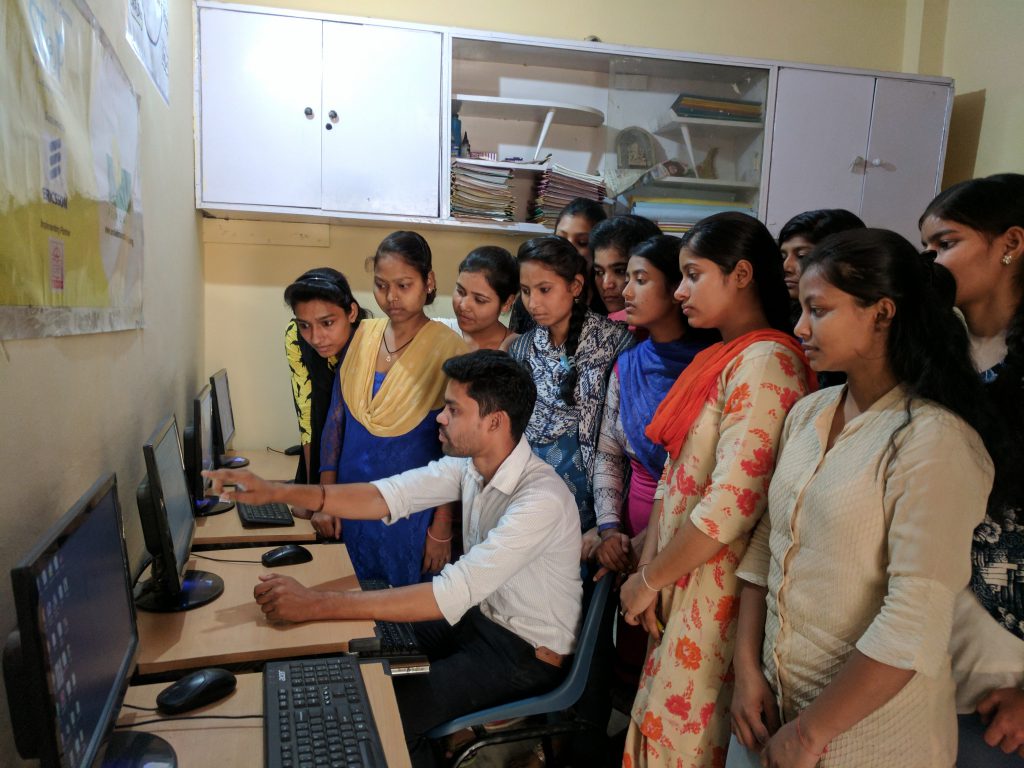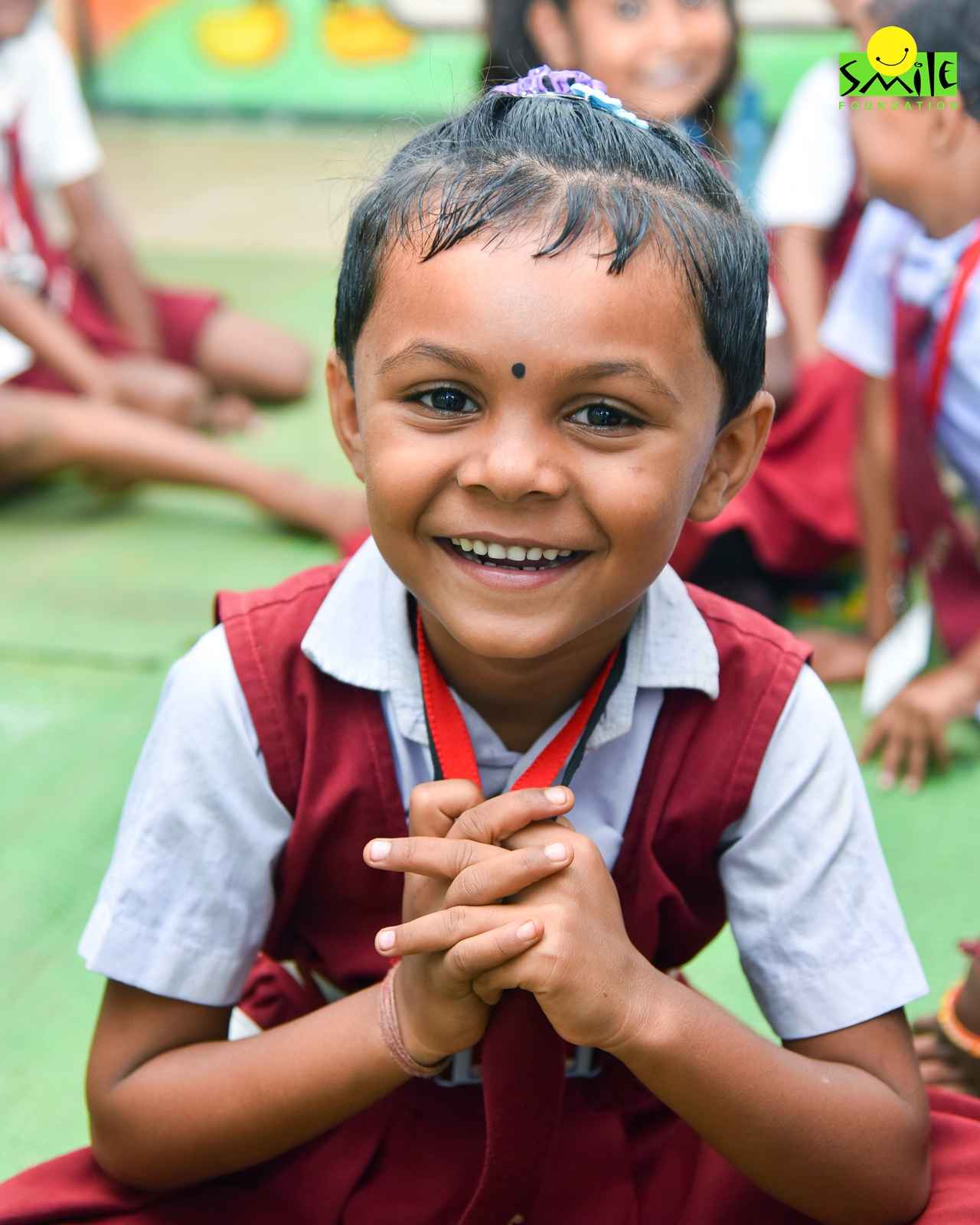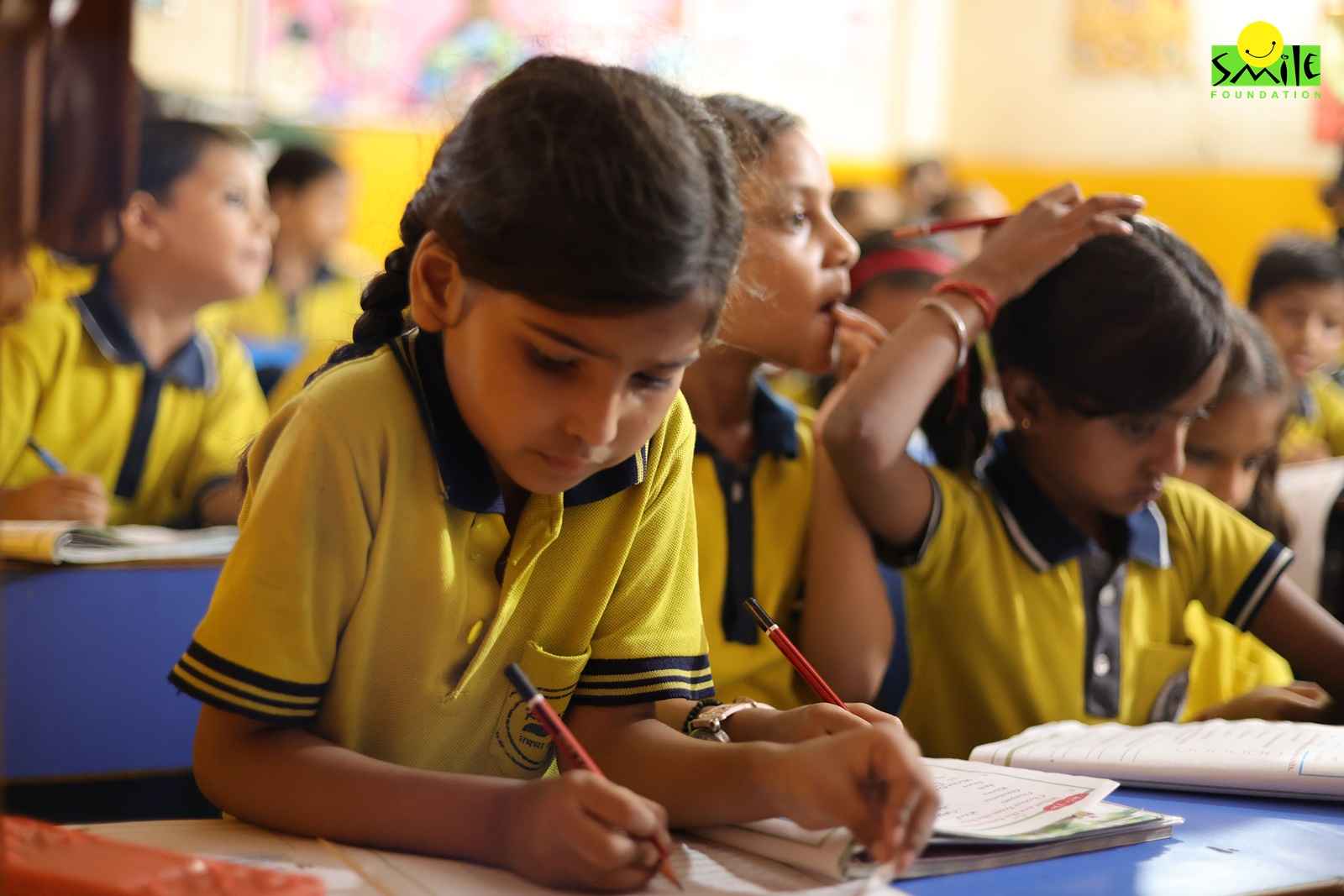The COVID-19 pandemic has highlighted the disparities in our society. Unequal access to healthcare, lack of job safety, not being able to access basic resources like food and shelter. These are just some of the problems the pandemic has presented. Marginalised children are among the worst affected groups.
Revelations of NSO survey
A survey by the National Statistics Office (NSO) published in 2020 reveals some stark statistics. The ‘Household Social Consumption on Education in India’ report mapped 1.52 lakh students in 1.13 lakh households spread across 8,000 villages and 6,000 urban blocks. The survey period was July 2017 to June 2018.
The survey result reiterates the rural-urban divide. It reveals that the differences lie not just in expenditure on education but also in access to digital resources. About 4.4 per cent of rural households and 23.4 per cent of urban households had a computer. As for an Internet connection, 14.9 per cent of rural households and 42 per cent of urban households had it.
Among those aged 5 and above in rural areas, only 9.9 per cent were able to operate a computer, 13 per cent were able to use the Internet and 10.8 per cent had used the Internet in the 30 days before the survey. On the other hand, in urban areas the figures were 32.4 per cent, 37.1 per cent, and 33.8 per cent respectively.
Impact of the pandemic on marginalised children
The pandemic has made these circumstances even worse. Although the figures are slightly better for the urban areas, it is important to remember that the pandemic has forced education to become digital. Marginalised children are the biggest victims of the pandemic. They are the ones who will most likely face very long-term consequences. Children from well-to-do families who have access to computers, smartphones, and tabs are able to continue their education. Unlike them, majority of children are marginalised in all aspects of life, including access to education.
Assessment by Smile Foundation
A survey by Smile Foundation in their Mission Education programme between July 2020 and August 2020 has also revealed some interesting data. Gargi Kapoor of Smile Foundation writes, ‘With only 51 per cent of the respondents satisfied with the current learning methods, 80 per cent are waiting for schools to reopen. … Almost 68 per cent feel that the online/tele-calling classes are very rarely (sometimes/never) scheduled as per parents’ availability. … 68 per cent of respondents expressed that they need guidance or they are not able to access [mobile phones] properly while 74 per cent are not able to guide their children regularly. Furthermore, 44 per cent mentioned that they do not have adequate availability of educational resources to facilitate home-based learning for their children.’
Some of the challenges
More marginalised children may drop out of school
A UNESCO report says that the closure of schools affected 320 million children in India since the beginning of the pandemic. There are many reasons for this. A few of these are widespread unemployment leading to loss of income, the inability of households to pay for school fees, and difficulty in accessing resources required to continue education. Moreover, since the pandemic began, many children from marginalised communities have had to assist with household chores and also contribute to the income of the family.
Digital divide reinforcing income and social inequalities
A number of alternate teaching channels have emerged since the onset of the COVID-19 pandemic. There is direct online teaching (primarily in private schools), government portals, cable channels, etc. However, due to inconsistencies and disruptions in electricity and Internet services, and inaccessibility to mobile or computer devices, this has not been an easy run. This is true for both students as well as teachers.
We need to ensure that children are provided with tabs/computers and also data packs to help them with online learning. The situation has also exposed the flaws in our infrastructure in terms of Internet and electricity. For so many of us working/studying from home, it is common to face delays and disruptions due to improper supply of power and Internet.
Gender disparity in education may increase
Due to the financial and opportunity costs, families may choose to discontinue their daughters’ education. To make matter worse, the number of child marriages is increasing during the pandemic. Parents feel it is economically viable to have a ‘COVID wedding’ with fewer people.
The access to digital infrastructure is also disproportionate. ‘Only 33 per cent women had access to Internet, while this figure is 67 per cent for men. This disparity is more prominent in rural India where 72 per cent men and only 28 per cent women had access to Internet’, writes Protiva Kundu.
New challenges for teachers
The situation has thrown up challenges for teachers as well. They are not well-equipped or trained to shift their mode of teaching so drastically. Government school teachers have to do COVID duty, whereas those in low-paying private schools have had to face salary cuts or unemployment. Thus, the quality of teaching is getting affected.
It is important to equip teachers to deal with these unforeseen circumstances and to ensure teacher retention.
Our interventions
Through the Shiksha Na Ruke initiative, Smile Foundation has provided around 200 tablets to the beneficiaries of several projects in different states. To ensure that there is no misuse, we keep the tablets at the ME centres and students use them under the supervision of their teachers. During the lockdowns, children were attending cluster classes to continue their learning on tablets.
We have also provided some of our teachers in Mumbai with data packs. This is to facilitate training and counselling sessions.









